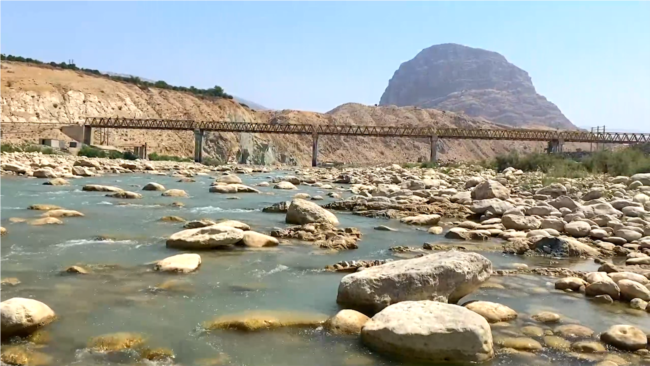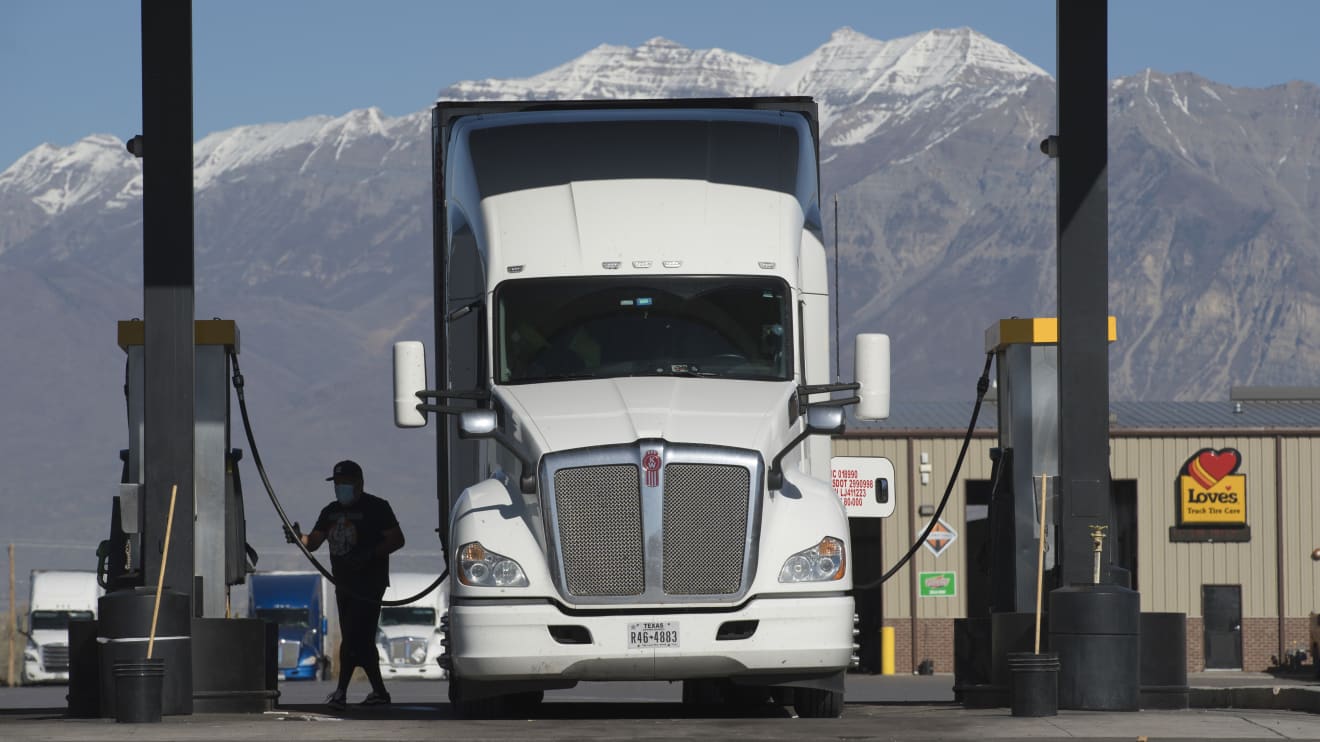By Kyoko HASEGAWA
11/19/21
Japanese Prime Minister Fumio Kishida announced a record $490 billion stimulus for the world's third-largest economy Friday as he looks to shore up the country's patchy pandemic recovery.
The 56 trillion yen injection, the third since the Covid crisis struck last year and expected to be approved by the cabinet later in the day, "is enough to deliver a sense of safety and hope to the Japanese people", Kishida said.
The spending will include a variety of measures, said to include cash and coupon handouts to families with children under 18 who meet an income cap, as well as pay rises for nurses and careworkers.
The vast spending plans come after Japan's economy shrank far more than expected in the second quarter as leaders struggled to overcome the outbreak by imposing containment measures in Tokyo and other cities.
Former prime ministers Yoshihide Suga and Shinzo Abe poured 40 trillion yen and 38 trillion yen respectively into the economy in 2020, although some analysts and media have raised doubts over how effective that spending has been.
"We have been able to build economic measures that will open the new society after the pandemic," Kishida said at policy talks between the cabinet and ruling coalition.
He said the fiscal spending was expected to rise as high as 79 trillion yen including other elements such as loans from funds.
Kishida triumphed in a general election last month, having pledged to unleash a huge spending programme after his predecessor Suga stepped down, partly over his government's virus response.

Businesses, especially restaurants and bars, have endured months of on-off restrictions on opening hours and alcohol sales since the pandemic began. Japan's borders also remain shut to tourists.
Government data showed this week that Japan's economy shrank 0.8 percent in the three months to September -- far worse than market expectations -- as a record surge in virus cases hit spending and supply-chain issues hampered business.
However, daily cases have nosedived in recent months, and more than three-quarters of the population are now fully vaccinated, with most restrictions now lifted nationwide.
Economists said the stimulus would support Japan's growth to some extent, although some media outlets have questioned the effectiveness of handouts and criticised a lack of clarity on how the spending will be financed.
Japan already has an enormous public debt load, amounting to 250 percent of gross domestic product according to the International Monetary Fund.
The government should explain why the stimulus package "is necessary and what effects are expected", Kengo Sakurada, chairman of the Japan Association of Corporate Executives, told reporters this week.
He also noted that Japan's Board of Audit says nearly half of the stimulus already implemented by previous governments had yet to be used.
"We need accountability from the government on why this one will be successful," he said.























